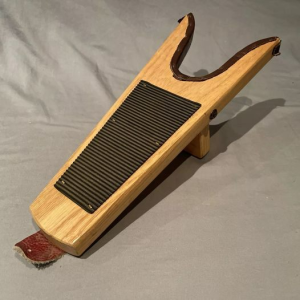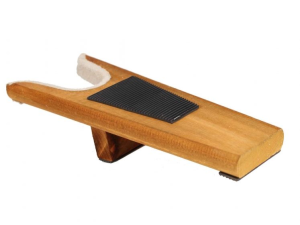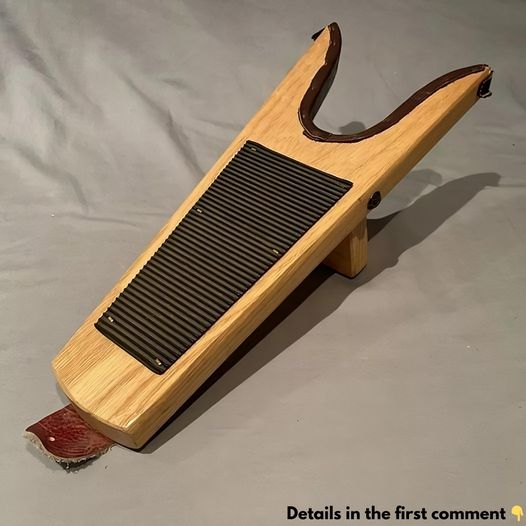The boot jack’s history begins in the 18th century, when boots were a mainstay of both men’s and women’s fashion. During this time, boots were frequently tall, intricately laced, and challenging to take off on one’s own. A workable answer was found in boot jacks, which enable users to remove their boots without straining or requiring assistance from another person.

As necessary home equipment in North America and Europe, boot jacks were especially well-liked there. Boot jacks were made by artisans from wood, metal, or a mix of materials. Decorative accents were frequently added to express the owner’s own flair.
The boot jack’s straightforward but efficient design usually included a U-shaped opening at one end where the wearer could insert their boot’s heel. This allowed them to use one foot to hold the boot jack in place while removing their boot with the other.
Boot jacks were very simple to use yet very efficient. This is how they operated:
1. Place the Boot Heel: Make sure the boot heel fits snugly into the boot jack’s U-shaped slot.
2. Secure the Boot Jack: To hold the boot jack in position, stand on its flat end with your opposing foot.
3. Remove the Boot: Using the boot jack as leverage, carefully remove the foot from the boot. When you elevate your foot, the jack keeps the boot firmly in place, making it easy for the boot to slide off.
This easy technique worked well and saved time and effort when removing boots that were too tight or filthy. Farmers, soldiers, and anybody else who frequently wore bulky or heavy boots learnt to love boot jacks in particular.
Even though zippers and slip-on shoes have superseded the boot jack’s original use, its legacy endures in a few ways:

Collectibles: Due to their fine craftsmanship and historical relevance, many old boot jacks are now valued as collectibles. Collectors and aficionados for antiques frequently look for distinctive and elaborate designs that showcase the beauty of bygone eras.
Decorative Items: Boot jacks have a practical purpose, but they are also frequently employed as decorative items in homes to highlight their quaint and rustic appeal. They act as a reminder of the creativity and skill of earlier generations.
Boot jacks are a traditional reminder of a simpler time when common tools were made with care and utility in mind, a period when fashion and function came together.
Cultural relevance: Boot jacks continue to have cultural relevance in some areas since they are still utilised in traditional contexts. For example, boot jacks may still be used by horseback riders to remove their riding boots.
Bootjacks are instructional instruments that can be used to teach students about historical lifestyles, handicrafts, and the development of clothing and footwear. Boot jacks are a common display in museums and historical reenactments that provide insights into daily living in the past.
The classic boot jack, which combines functionality, artistic expression, and cultural value, is still an intriguing historical artefact. Even though they aren’t used as much these days, collections, décor, and the tales they tell about bygone times ensure that their legacy lives on.
Boot jacks are still a source of fascination for people who value history and the distinctive contributions it made to the modern world, regardless of whether they are valued for their historical significance or their brilliant design.


